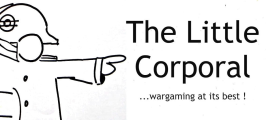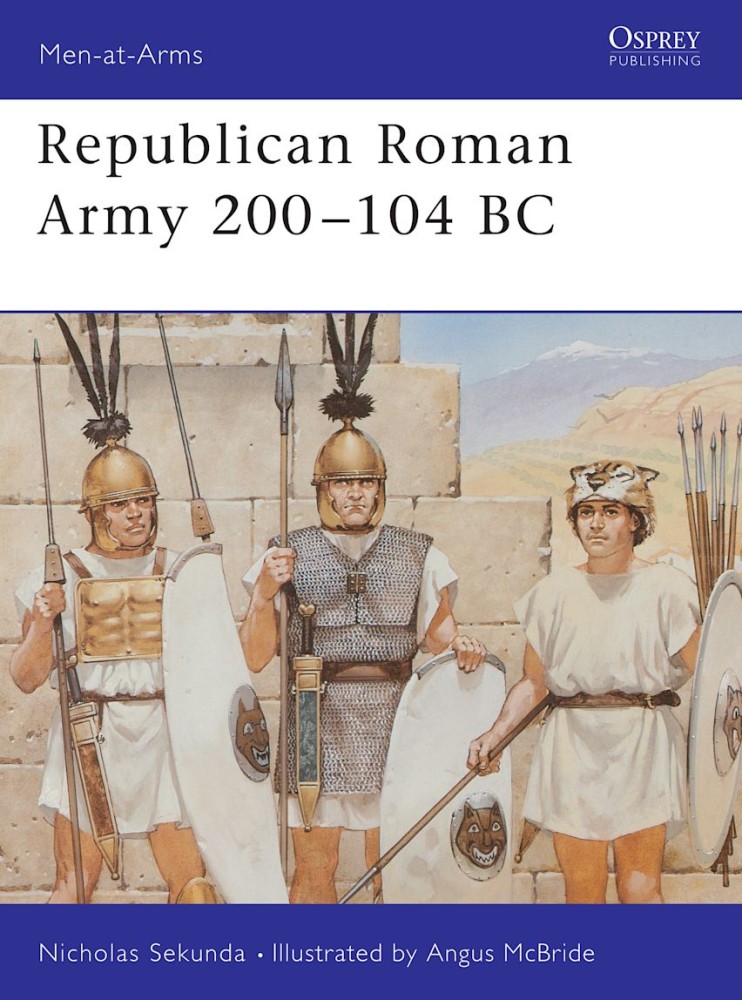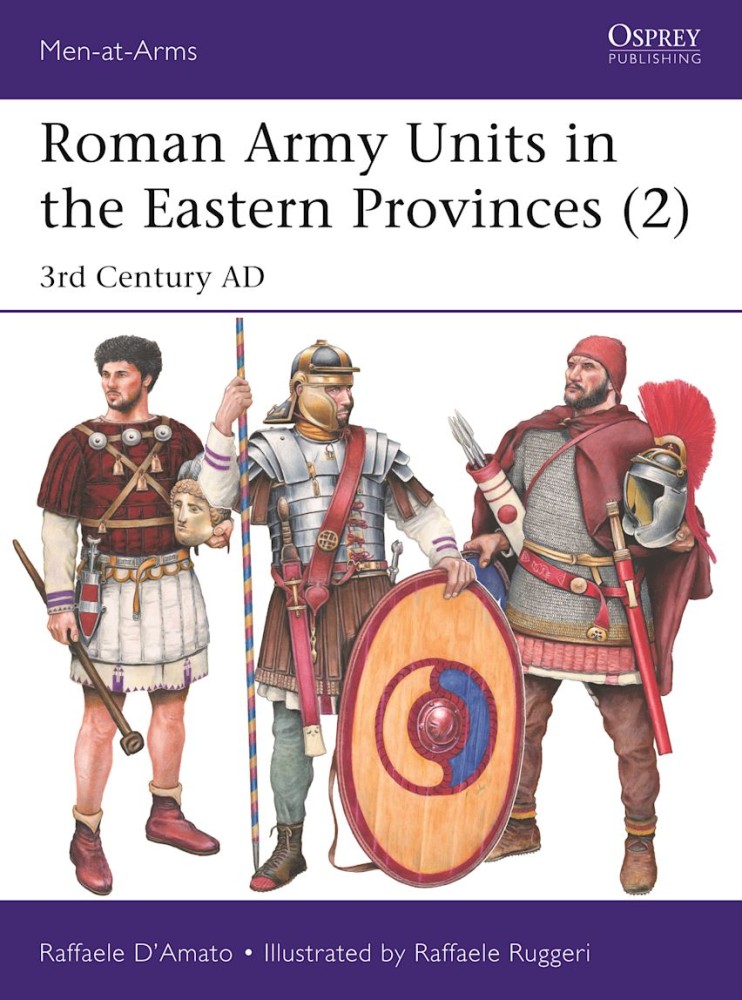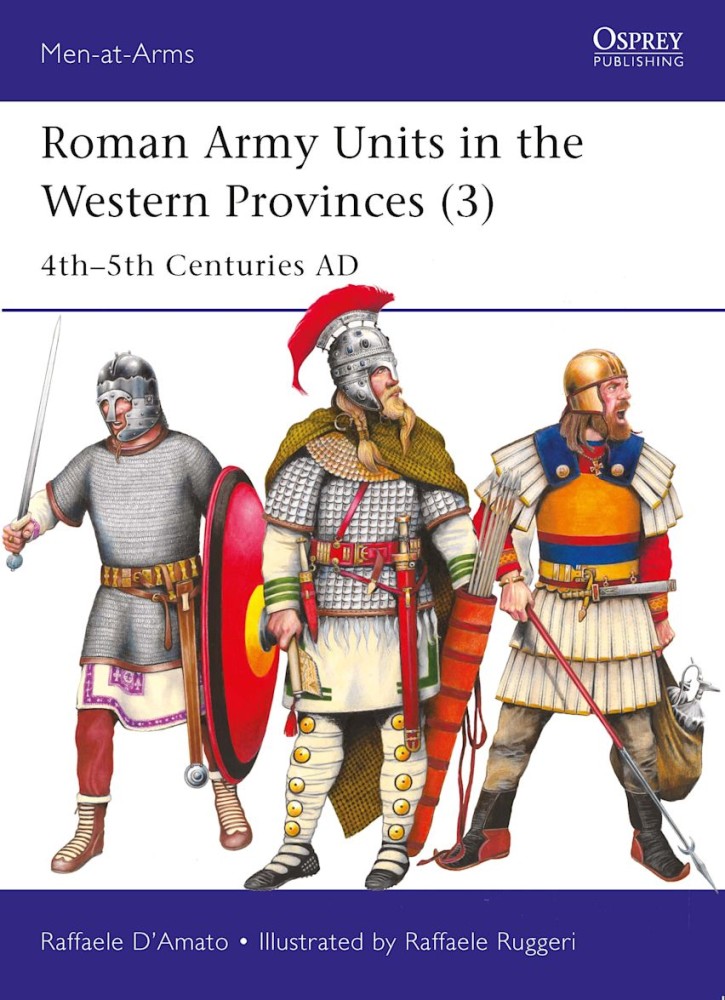The principal source of information on the Roman Republican Army is the sixth book of the Histories of the Greek historian Polybius, written a little before 150BC. This engaging text by Nicholas Sekunda draws heavily on this vital source to outline the equipment and organisation of the Roman Republican Army from 200104 BC a time when Rome was growing from a regional to a world power. With plenty of photographs and illustrations, including eight vivid full page colour plates by Angus McBride, this fascinating volume examines such topics as the Roman shield, helmets, the cuirass, greaves, the pilum, legion organisation, the principales and the tactics they employed. Men-at-Arms 283, 291 and 46 are also available in a single volume special edition as 'Caesar's Legions'.
Drawing upon the latest literary and archaeological research, this is an in-depth study of the Roman Army units based in the Eastern Provinces during the turbulent third century of the Roman Empire.
In this book, eminent Roman historian, Dr Raffaele D'Amato, looks at the notoriously under-represented history of the Roman armies during the middle 3rd Century whose records have been obscured by the chaotic civil wars of that period between usurpers to the Imperial authority of Rome. Following on from the previous title, MAA 527, Roman Army Units in the Western Provinces (2): 3rd Century AD, this book considers the evidence for troops in the Eastern half of the Empire specifically around the Balkans, Mesopotamia, the Middle East and North Africa and looks at the weakness of Imperial central authority which inevitably led to local particularism and a wide range of appearance in regional commands.
Dr D'Amato uses literary, painted, sculptural and archaeological sources to reconstruct this little-understood period of Roman military history and, with the aid of meticulous coloured artwork, photos and detailed charts, reconstructs the appearance and campaigns of the Roman forces stationed in the East.
A fully illustrated account of the large-scale reformation of the Roman Army from the reign of Diocletian to the fall of the Western Empire in AD 476.
After the 50-year chaos of the mid-3rd century AD, Emperor Diocletian (r. AD 284305) and his successor, Constantine I (r. AD 30637), the first Christian emperor, undertook major administrative reforms to reflect new realities and improve defensive strategy. These changes saw the Roman Army completely reorganized, with its old structure of legions and auxiliary units giving way to central mobile field armies and various classes of garrison troops. In addition, the Army also began recruiting 'allied barbarians' in ever-increasing numbers and even promoted some to the level of senior command.
Roman military expert Raffaele D'Amato draws on the latest archaeological and written evidence to explore this turbulent final period of the Western Empire. Illustrated with photographs and drawings of surviving artefacts and imagery, this latest entry in a series charting the Roman Army's evolution also features eight newly commissioned colour plates depicting the uniforms and weaponry of Rome's reformed military.



